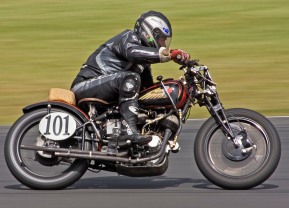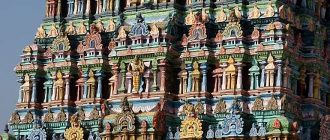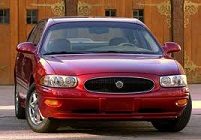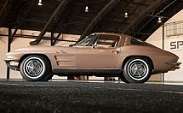As the first American-built motorcycle, the Indian motorcycle established the sport of motorcycle racing in the United States. The early decades of American motorcycle racing were completely dominated by Indian, and they set the standard for perfo
The Indian Motorcycle Company was founded in 1901 as America’s first motorcycle, and for the first few decades of the 20th century, Indian motorcycles were the ones to beat. They dominated just about every kind of motorcycle racing. The very first U.S. endurance race took place on Independence Day in 1902. The route ran from Boston to New York, and the Indian cycles dominated. These were the very earliest motorcycles in existence, and they only weighed a little over 100 lbs. Reaching speeds of up to 40 mph, they showed their racing prowess right out of the gate.
A 150 mile track race took place in September 1903 at New York City’s Brighton Beach dirt track. The race lasted four hours and was another victory for the Indian Motorcycle Company. By 1904, Indian motorcycles were reaching speeds of nearly 60 mph and were becoming famous. That was also the year Indian began offering bikes in red, which became their trademark color. 1906 was a watershed year for Indian, with the introduction of the legendary V-twin engine.
In the early days of the V-twin, a man named Jake DeRosier began riding Indian V-twins in several races. It did so well that for the 1907 model year the V-twin was offered on models sold to the public.
It wasn’t long before the V-twin was gaining a reputation for speed. In September 1906 two long distance racers left New York City and headed for San Francisco, California. The 3,500 mile journey took 31 days, 12 hours, and 15 minutes which was very fast for transcontinental travel in pre-interstate America. The next year, an American entered an Indian in a British motorcycle race, the Thousand Mile Trial, and won. This was the first introduction of the Indian to Europeans, and it improved their reputation in Europe. In 1908 Indian went from modifying bicycle frames to building motorcycle frames outright.
Indian motorcycles continued to dominate racing, and in the month of July 1911, Indian had a string of victories in every kind and distance of motorcycle race. The press coverage was glowing. One reason for the company’s racing success was the involvement of the company’s designers and engineers. Indian Motorcycle Company founders Oscar Hedstrom and George Hendree raced, as did other top engineers and designers. For the rest of the 1910s and 20s, Indian created bikes that would become American classics: the Scout in 1920, the Chief in 1922, and in 1928 the special edition 101 Scout that stood out even among Indian’s top bikes.
By 1911, Indian held records in 121 categories of Federation of American Motorcyclists races. While they were never to repeat that accomplishment, it was clear early on just how dominant Indian motorcycles would be to the sport of racing. While new competitors came onto the scene and competition intensified, Indian lost some of its overwhelming dominance, but the company had definitely set the standard for early 20th century motorcycle racing.





